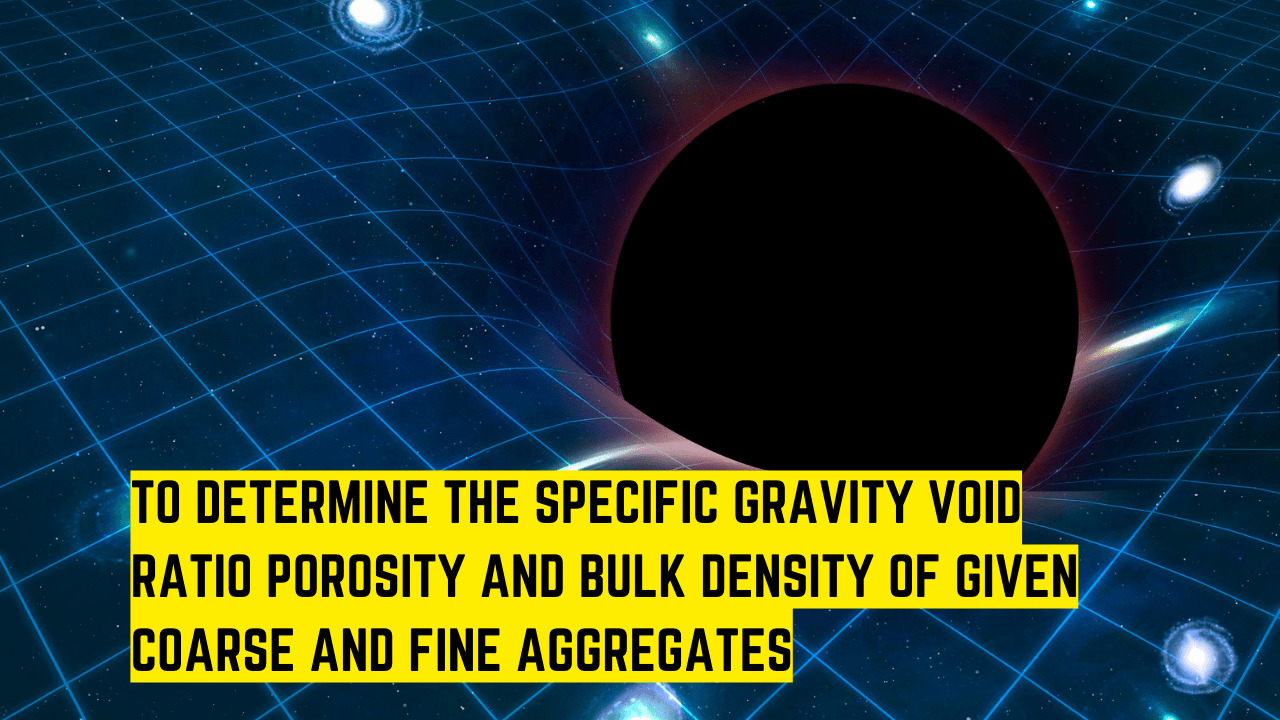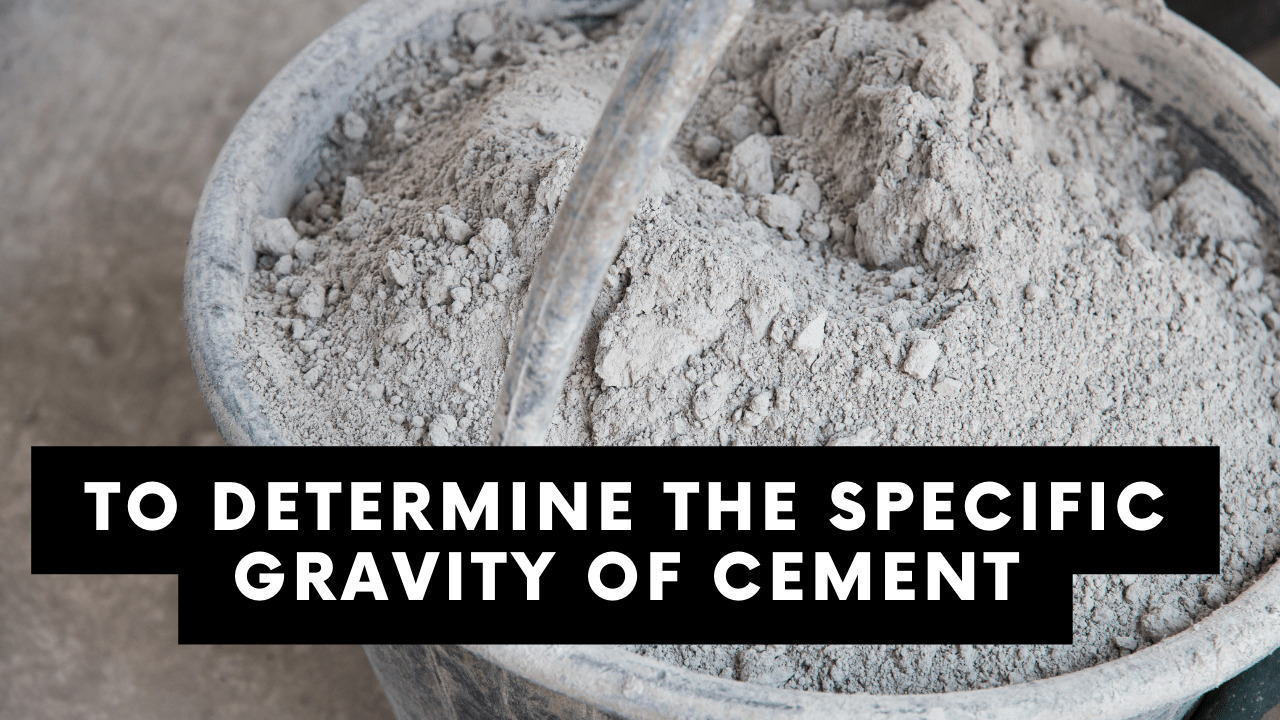Table of Contents
Introduction:
Water is a vital source of life for all the living organisms in the world of all species. It is a combination of right proportion of oxygen and hydrogen in it. This property of hardness may rise due to the inadequacy of the salts dissolved in the water naturally. The most important part of having anything at its best is its proper defined proportion.
This abnormality of composition may result into its adverse effects on use for drinking, cooking, bathing, or any kind of consumption whether its human or marine. This is the very reason why marine life is highly affected usually because of the variating compositions along with the plant life is highly affected by not meeting the right amount of nutrients. The hardness of water may result into various infections or problems.
Related theory:
The first definition to be listed here is about the hardness of water defined as:
“Hardness of water is that quality which has an increased concentration of salts resulting into the formation of a substantial quantity of soap formation along with a quality of scaling the surroundings of it such as water pipes, geysers, boilers, heaters etc. dealing with the increase of the temperature.”
| Hardness (mg/L) | Degree of hardness |
| 0-75 | Soft |
| 75-100 | Moderately hard |
| 150-100 | Hard |
| >300 | Very hard |
The method adopted for the Ca-mg analysis is the complexometric titration. It determines the constituent of calcium and magnesium in the liquids such as sea water, milk etc. the solutions used in here are diluted.
Hardness is mainly the combined constituent of both magnesium and calcium. This method has an application of handsome amount of EDTA resulting into a complex formation of both the ions.
For this method the indicator adopted is EBT blue in colour it also results into the formation of complex molecule with the calcium and magnesium ions indicated by a change in colour from blue to pink.
The stability of this complex ion is more reliable as compared to that of the EDTA sample. The titration is carried out in excess of EDTA. The indicator is now added and are consistent in the blue colour.
The titration is reversed by the solution of magnesium chloride until the excess amount of the EDTA is consumed. These are followed by the following reactions.
the samples already in liquid form are not passed through any preparation process. This is usually maintained for those samples which are other than liquid form such as solids etc.
Apparatus:
The following apparatus are included in the test:
- A burette
- A pipette of 20 mL
- A bottle
- A conical flask of 250 mL
- A volumetric flask of 100 mL
- An indicator Eriot
- A buffer solution
- An EDTA (sample of 0.05M)
Procedure:
The procedure adopted for this test are basically in two parts. The first part is the EDTA standardization and the second is the titration.
Standardization:
- A 10mL of the EDTA is transferred to the conical flask through a pipette.
- After this 1 mL of eriot indicator and a 10 mL of buffer solution (ammonia) is added.
- This solution is now titrated against he given sample to be determined until the colour changes i.e. blue to pink.
- This determines the moles of the magnesium chloride in the solution.
- By using this the concentration of the magnesium ions are determined through ratio of 1:1 for the EDTA.
Titration of the sample:
- A 250 mL of conical flask is filled with 100 mL of the solution of the sample.
- A solution of EDTA is prepared ( 0.005mol/L) by its dilution.
- A 10 mL of buffer solution is now added in the solution with 1mL of the indicator.
- A sample being 0.0025mol/L of the magnesium chloride is prepared by the dilution of 0.025mol/L against a factor of 1/10.
- The sample is now titrated against 0.0025 mol/L solution of magnesium chloride until it approaches the pink color.
- The same method is adopted to carry out three more sets to have an accuracy in the results.
Observations:
| Sample #. | Trial #. | Sample Volume (mL) | Burette Reading | EDTA Volume (mL) | MOLES | |
| Initial | Final | |||||
| 1. | ——– | ——– | ——– | ——– | ——– | |
| ——– | ——– | ——– | ——– | ——– | ||
| ——– | ——– | ——– | ——– | ——– | ||
| 2. | ——– | ——– | ——– | ——– | ——– | |
| ——– | ——– | ——– | ——– | ——– | ||
| ——– | ——– | ——– | ——– | ——– | ||
| 3. | ——– | ——– | ——– | ——– | ——– | |
| ——– | ——– | ——– | ——– | ——– | ||
| ——– | ——– | ——– | ——– | ——– | ||
Calculations:
The following calculation are adopted:
- The total moles of the EDTA are to be determined.
- The number of moles of calcium chloride are to be determined for the back titration process.
- The given ratio is adopted to determine the amount of the determination of the EDTA.
The result is determined as an average usually.
Comments:
The comments are made on the samples hardness along with its capacity and the hardness by keeping in account the standards adopted whether it is permanent or temporary.
Precautions:
The following precautions are to be adopted:
- The calibration of the burette is to be read carefully.
- The sample is to be properly diluted against equivalent amounts.
- Titration is to be carried out under proper care.
- The instruments must be cleaned thoroughly.






